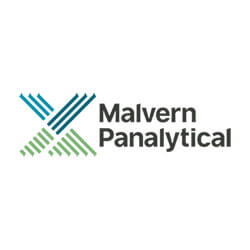Ongoing changes within the pharmaceutical industry provide a strong stimulus for the development of new analytical tools, such as instruments that are more precise, faster or more informative than their predecessors. The drive for greater efficiency, for example – from drug discovery through to manufacture – creates a demand for instruments that can efficiently provide the insight needed for fast and effective product development, while simultaneously putting the spotlight on systems that can monitor in real-time to support process optimisation. The blossoming generics sector is similarly thirsty for knowledge, but understanding and providing equivalent pharmaceutical product performance is a significant challenge.
For many years, pharmaceutical companies have used a variety of spectroscopic techniques for compositional analysis. Techniques such as near infrared (NIR) or Raman detect the vast majority of chemical species of interest, and the availability of online systems offers significant potential for realtime compositional monitoring. More recently, however, Raman spectroscopy has been combined with automated imaging to create systems that have significant potential for the most detailed and insightful product analysis and research. In this article we take a look at the capabilities of such systems, and at how the size, shape and compositional analysis they offer can support the development of pharmaceutical products, from dry powder inhalers to tablets.
| >> Download the full article for FREE |
Malvern Instruments provides the materials and biophysical characterization technology and expertise that enable scientists and engineers to understand and control the properties of dispersed systems. These systems range from proteins and polymers in solution, particle and nanoparticle suspensions and emulsions, through to sprays and aerosols, industrial bulk powders and high concentration slurries. Used at all stages of research, development and manufacturing, Malvern’s materials characterization instruments provide critical information that helps accelerate research and product development, enhance and maintain product quality and optimize process efficiency. Our products reflect Malvern’s drive to exploit the latest technological innovations and our commitment to maximizing the potential of established techniques. They are used by both industry and academia, in sectors ranging from pharmaceuticals and biopharmaceuticals to bulk chemicals, cement, plastics and polymers, energy and the environment. Malvern systems are used to measure particle size, particle shape, zeta potential, protein charge, molecular weight, mass, size and conformation, rheological properties and for chemical identification, advancing the understanding of dispersed systems across many different industries and applications. Headquartered in Malvern, UK, Malvern Instruments has subsidiary organizations in all major European markets, North America, Mexico, China, Japan and Korea, a joint venture in India, a global distributor network and applications laboratories around the world. www.malvern.com severine.michel@malvern.com





